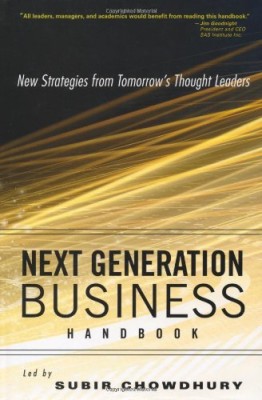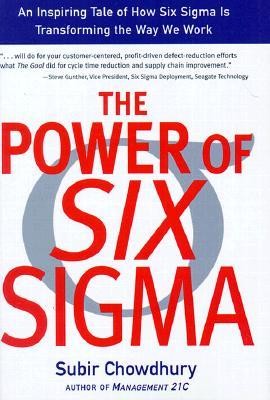What is a “fire” look like in your organization and how does management deal with them?
Quality & Process
When ‘quality’ ceases to be just lip service from one employee to another – it becomes a process for continuous improvement toward perfection.
No matter where they occur, a fire can be a devastating event. When they happen around where we live, we rush to the location with manpower and equipment to extinguish the flames.
When I use the word “fire,” I’m thinking of the context of day-to-day management when there is a sudden problem that causes a specific crisis of some kind. It could be a malfunction in production, a faulty product, and an interruption in the supply chain. You could have a fire with personnel issues, a problem with your building, or transportation.
Like real fires, the flash point may be obvious or hidden; there could be single cause or a chain of them. Most of the fires we deal with tend to be minor in scope – easily extinguished and quickly resolved. On occasion, you can have a very large and extremely complex fire that involves many aspects of your business. But just like any fire, bad assumptions can easily lead to a misdiagnosis and mistreatment.
When I think of the average, run-of-the-mill fire, I think of one that starts with a terse phone call or sharp email. In the case of Paul A., the vice president of production at a sheet aluminum plant, it was both.
The email came from one of his best clients who – for the third time in as many months – complained that the palleted rolls of sheet aluminum were not labeled properly. Forklift operators in the receiving department, the email complained, were taking too long to find shipping labels.
He had heard a similar complaint from other clients. His reaction had been to spend $50,000 on new, larger labels that you could read almost 20 feet away.
It seems to me that eventually, we may become weary of rushing to the scene of the problem and instead learn how to instill the high level awareness to prevent fires in the first place.
“I can read the labels 20 feet away,” emailed Paul. “And my eyes aren’t even very good. I think the forklift operators just like to complain.”
Then the phone call came – from his best client: “Fix the problem, or we’ll go somewhere else.”
That’s the moment that Paul realized that he had a real fire on his hands.
Paul’s company produces very large rolls of the metal, some measuring six feet in diameter by 48 inches wide, stacked and trucked away on pallets. Each roll weighs a considerable amount and is chained to a flatbed trailer, usually without other products on board.
From his vantage point, the shipping labels were huge. He could easily see them from his office window. Out of desperation, he called me for some quick advice. My first response – which is my usual reaction to problems like these – collect all the information you can from the frontline people. And if you collect enough honest and direct information, the solution will present itself.
So, Paul issued a message through the chain of operations, and soon a frontline employee was dispatched to talk to the forklift operators herself. After a very short interview, she discovered that no one had trouble reading the old labels or the new ones. Their complaint was that the way the rolls were placed onto the pallets and into the trucks, the forklift operators had to dismount from their vehicles and climb up on the truck to find the label.
The labels, the operators told her, were always turned 90 degrees away from where they could easily see them. The simple solution: change the labeling process so that the labels could be seen from the forklift operator’s point of view.
Sometimes, a fire is prolonged by an attitude that we hold about our own processes – as it was in Paul’s case. In such cases, it could be a simple matter of opening our mind to new information. But wouldn’t it be great if we could put those fires out BEFORE they become a problem? The one problem with fires is that often management’s focus is on the firefighters, while pretty ignoring the fire preventers. It seems to me that eventually, we may become weary of rushing to the scene of the problem and instead learn how to instill the high level awareness to prevent fires in the first place.



















